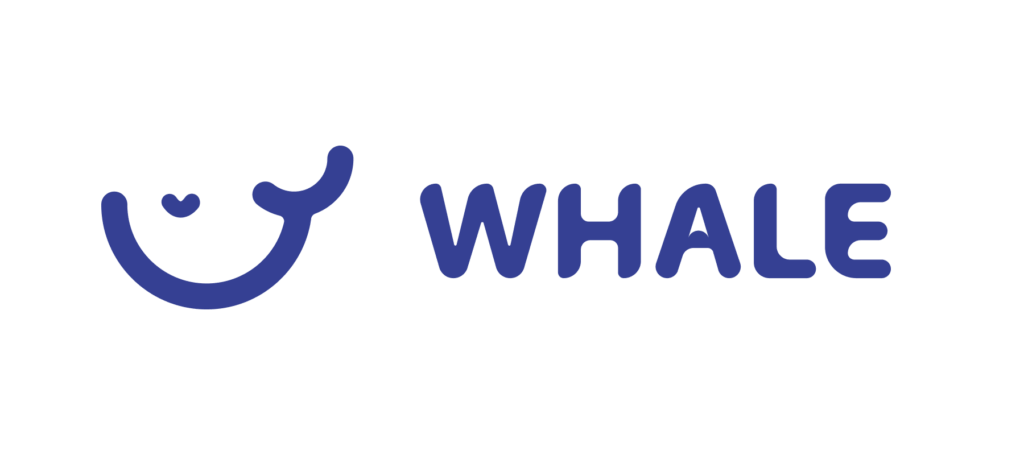We love a company that understands the importance of information. It’s how we learn, how we become experts in our field.
But it also presents a problem. How much information is too much?
And how can businesses truly understand the tipping point of where the information they provide for their staff is actually causing information overload? 🤯
Don’t panic.
We’re not telling you to stop giving them the information they need, but perhaps it’s time to introduce a new way of managing it. Something a bit more accessible.
It’s time for a centralized knowledge base.
The balancing act: What is information overload anyway?
Business information is EVERYWHERE. It comes through our emails, our Slack channels, our endless meetings.
Sometimes it can feel like there’s a relentless stream of documents, procedures and processes competing for our attention. That, dear readers, is the beast we call information overload.
It’s not just a flood; it’s a tsunami of data, a deluge of details, an inbox insurgency that threatens to overwhelm the most seasoned professionals.
This is when information overload occurs. It’s when the sheer volume of information exceeds our brain’s capacity to process it. It leaves you feeling scattered and perpetually overwhelmed.
Research by Gartner found that 38% of employees receive an “excessive” volume of communications at their organization, with only 13% saying they received less information in 2022 than they did in 2021.
And it’s not just people who suffer.
But thankfully, it doesn’t have to be that way. Just as information is vital to keep your staff informed and your business running smoothly, knowing how to properly manage that information is just as important. And we’ve got just the solution you need.
Introducing: the centralized knowledge base
This is where the hero of our story comes in – the centralized knowledge base. Gone are the days of endless Google docs and complicated folders, this is a quick and easy-to-use hub where your team can find everything they need, when they need it.
A centralized knowledge base is an organized, digital database housing information crucial to your organization. It’s the guardian of documents, policies, FAQs, and collaborative insights, all neatly categorized and easily accessible. This digital haven isn’t just a storage facility; it’s a dynamic hub designed for collaboration, learning, and quick reference.
In your knowledge base, you can structure information logically, like the chapters of a book. Your team can navigate swiftly through topics, find relevant documents, and contribute your own pearls of wisdom.
The most effective way to implement a centralized knowledge base
So, as you can see, a centralized knowledge base might just be the answer to all your problems. Well, nearly all of them 🤪
But how do you actually start with building one?
Here are some step-by-step guidelines.
1. Access your organization’s needs and goals
What are your company’s pain points? Take some time to understand the specific challenges your team face around information access, collaboration and knowledge sharing.
Once you know this, it’s time to define your goals. Establish some clear objectives for implementing your knowledge base, such as reducing response times, minimizing errors or increasing collaboration between departments.
2. Choose the right technology
Research the different platforms available to help you build your knowledge base. Make sure it aligns with how your business is structured and the people who need to use it.
Consider how this will integrate into people’s roles – you want it to be as seamless as possible to add real value. (Hint: Whale have a really great one).
3. Create and organize your content
Carry out an information and company content audit to see what existing documents, manuals and resources can be incorporated into the knowledge base.
By deciding what’s important, you’re already cutting out information that isn’t relevant.
You can also develop a strategy on how to organize the information logically, so that there’s a consistent structure for your articles and documents.
Hint:
If you’re looking for a helping hand on getting your SOPs written and organized, we’ve already done a lot of the work for you!
Take a look at our templates gallery.
4. Train your team members
There’s no point in going to all this work if no one knows how to use it! Build out comprehensive training sessions for anyone and anyone who will use the knowledge base on how to navigate it, contribute and extract the information they need to do their job.
You can also create user guides as a way for them to understand how to get what they need quickly!
Psst…are you worried about how much training your staff already have to endure at work? Fear not! The ‘Netflix effect’ might be the answer to how you can keep them engaged while they learn.
5. Encourage feedback
We LOVE collaboration and think this is one of the key elements to getting your knowledge base right. Give staff plenty of opportunity to feed back on the process, giving you ideas on how to improve it and make it as useful as possible.
We also suggest booking in regular reviews of your knowledge base to make sure the information remains relevant and super user-friendly.
6. Assign owners
One of the best ways to keep your content updated is to assign owners to each section! Whether this is a specific person or a team, this means that the people closest to the information – the subject matter experts – will be able to check it regularly to make sure it’s fit for purpose.
7. Monitor and measure success
How will you know how truly groundbreaking your centralized knowledge base has been? SOP evaluation can help!
By defining KPIs right at the start, you’ll be able to track exactly how well you’ve reached your goals. This could be reduced response times, increased collaboration, time savings – whatever it is that means your team is working like a well-oiled machine.
Bottom line?
Building a centralized knowledge base isn’t just about putting all your information into one place, it’s about knowing how to structure and organize that wealth of knowledge in a way that empowers your team and enhances overall efficiency. Think of it as crafting a finely tuned library where each book has its designated shelf, and every page can be easily accessed. This intentional organization allows for seamless navigation through the vast sea of information, turning what was once a daunting maze into a user-friendly map.
As your team embarks on this knowledge-sharing adventure, remember that a well-structured knowledge base isn’t just a destination; it’s a journey towards a more connected, informed, and efficient workplace. So, embrace the power of organization, foster collaboration through clarity, and watch as your centralized knowledge base becomes the cornerstone of a harmonious and thriving work environment.





